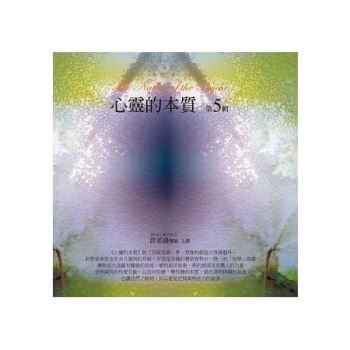| FindBook |
有 1 項符合
Reassessing the 1930s South的圖書 |
 |
Reassessing the 1930s South 作者:Cox 出版社:Louisiana State Univ Pr 出版日期:2018-05-18 語言:英文 規格:精裝 / 15.2 x 22.9 x 2.5 cm / 普通級 |
| 圖書館借閱 |
| 國家圖書館 | 全國圖書書目資訊網 | 國立公共資訊圖書館 | 電子書服務平台 | MetaCat 跨館整合查詢 |
| 臺北市立圖書館 | 新北市立圖書館 | 基隆市公共圖書館 | 桃園市立圖書館 | 新竹縣公共圖書館 |
| 苗栗縣立圖書館 | 臺中市立圖書館 | 彰化縣公共圖書館 | 南投縣文化局 | 雲林縣公共圖書館 |
| 嘉義縣圖書館 | 臺南市立圖書館 | 高雄市立圖書館 | 屏東縣公共圖書館 | 宜蘭縣公共圖書館 |
| 花蓮縣文化局 | 臺東縣文化處 |
|
|
圖書介紹 - 資料來源:博客來 評分:
圖書名稱:Reassessing the 1930s South
內容簡介
Reassessing the 1930s South is a collection of essays by art critics, historians, and literary scholars that seek to move beyond the overused stereotypes of the region during the Great Depression. Much of American popular culture depicts the 1930s South as a region that was either inhabited by a population that was intellectually, morally, and physically stunted or a place that was abnormally isolated from the rest of the nation. Its residents, according to the first version of this stereotype, were so beaten down by decades of insurmountable deprivation that they dragged down an already suffering nation. According to the other version, the South in the 1930s was a sentimental and romantic region that stood apart from time, untroubled by the wrenching effects of a crumbling American economic system. Though these images stand as polar opposites, both cast the south as exceptional, as apart from the American norm. The essays collected in this volume challenge those widespread assumptions. They provide instead an interpretation of the region that focuses on its embrace of technological innovation, welcome of government-sponsored programs of modernization, rejection of the plantation legend of the late-nineteenth century, and flirtation with unionism and inter-racialism. Taken collectively, the essays reveal a dynamic region that responded to the Great Depression myriad ways, many of them surprising. In short, this is not Erskine Caldwell’s or the Nashville Agrarians’ South. Indeed, by widening the lens, what emerges is a region that confronted, even if imperfectly, its problems and attempted to exploit its assets.
|










